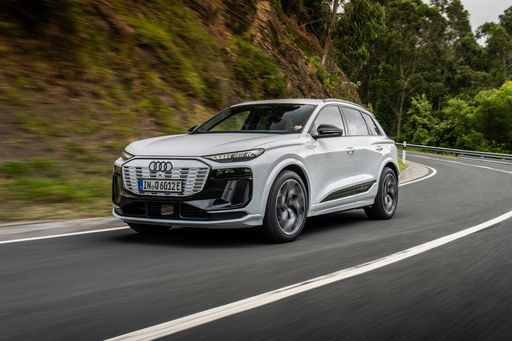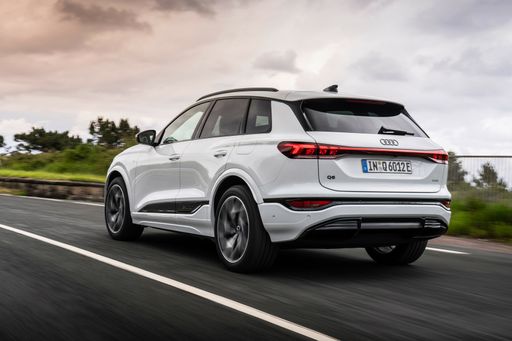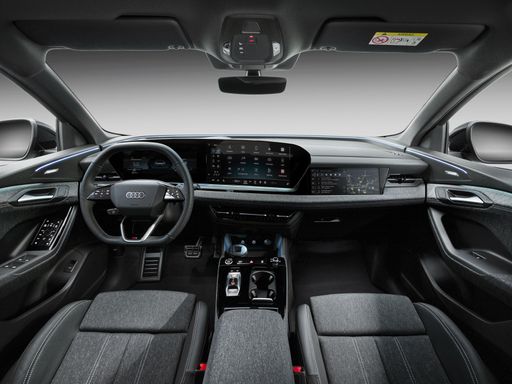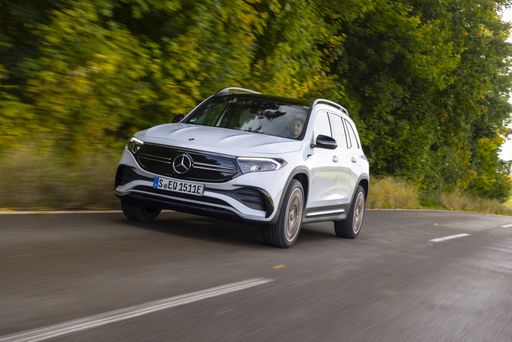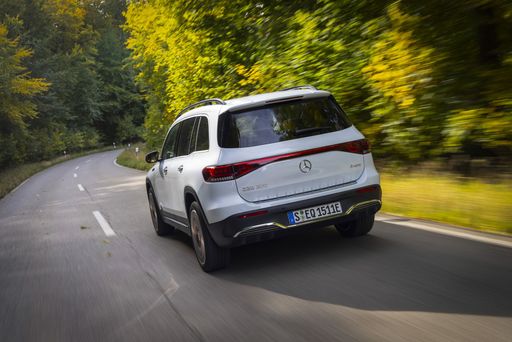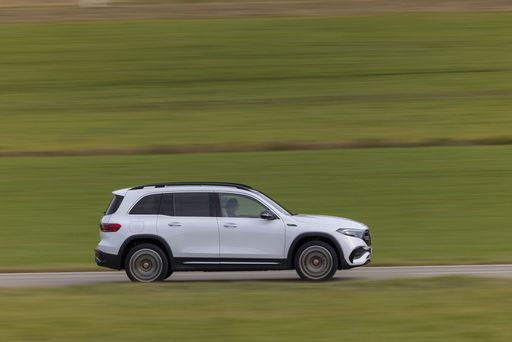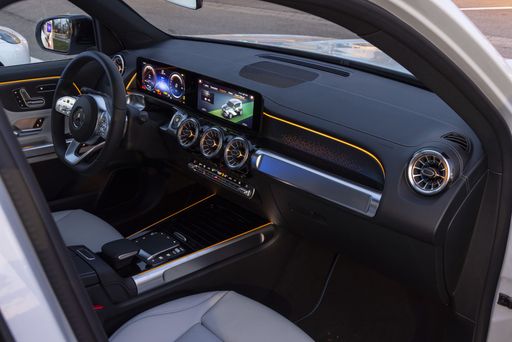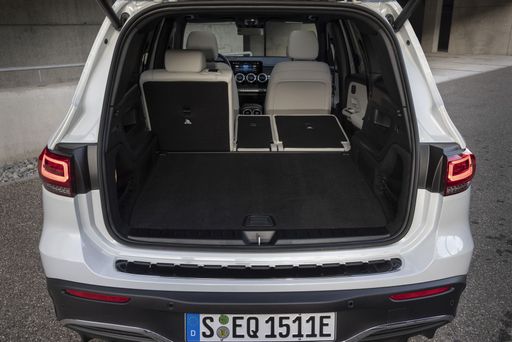A Battle of Electric SUVs: Audi Q6 e-tron vs. Mercedes EQB
In the ever-evolving world of electric vehicles, the competition becomes fiercer each year as manufacturers unveil new models packed with technology and efficiency. Among the latest contenders is the Audi Q6 e-tron and the Mercedes EQB, two electric SUVs that showcase the best of modern automotive engineering. This comparison delves into their respective specifications, innovations, and driving experiences to see which electric SUV reigns supreme.

